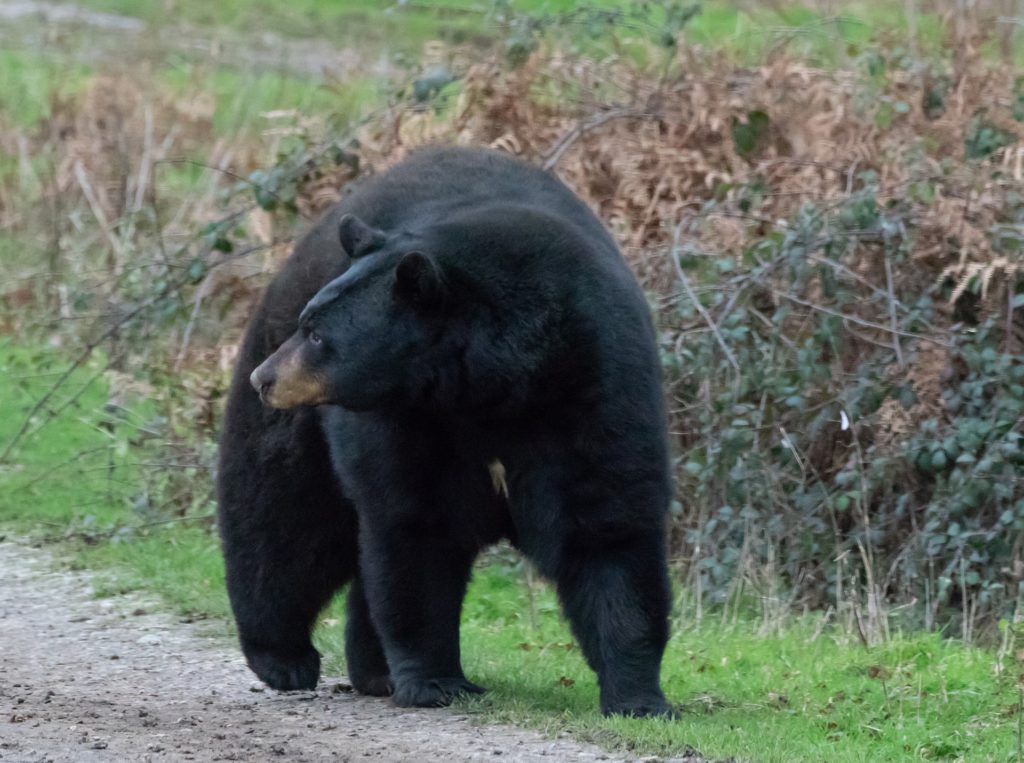 Dear Monty: My dad needs help with the tax map for his property. There is a term that no one can tell him what it means. The word is fisher. Someone told him he has that on his property. Could you help us with this question?
Dear Monty: My dad needs help with the tax map for his property. There is a term that no one can tell him what it means. The word is fisher. Someone told him he has that on his property. Could you help us with this question?
Monty’s Answer: I have been unable the find the word “fisher” as a part of the real estate vernacular. Having a fisher on his property most likely refers to an animal named a fisher that dwells on the property. They shy away from humans. However. there are many small mammals that break into your home. Here is a link to an Audubon article about fishers. Your dad will have a good laugh.
Warmth, Safety, and Food
You may or may not be aware of their presence. Some are helpful in some ways, while others are harmful. Each of them can damage your physical property. Here is a list of some of the most common small critters with a brief description and a link to additional information you may find helpful.
Mouse: This small mammal is likely the most prevalent animal homeowners find in their homes. They are generally nocturnal and like to nest in warm, cluttered spaces. Even tiny openings anywhere in your home, from the roof to the basement, can provide a point of entry. They are pests that you want to be rid of when discovered, and they can go undetected for long periods. You can learn more about them on this Wikipedia link.
Bat – The bat is nocturnal and catches mosquitoes or other flying insects. They like buildings for the warmth and security from predators to raise their young. They can find their way into buildings through openings as small as half an inch. Outlets such as air vents or small spaces in the eves can provide an entry point. These animals are considered valuable to the ecosystem, and some are protected. Learn more at this link to Bat Conservation International.
Chipmunk – These little critters are perhaps the cutest mammal to have around. They are often attracted to your home to scavenge seeds the wild birds toss around the birdfeeders. Unfortunately, too much birdseed attracts too many chipmunks. When they build their underground nests too close to the house, they can cause damage. Here is a link at DearMonty about controlling their population.
Moles, Voles, and Shrews – In a landscaped yard, the common trait is their ability to burrow, while these mammals have different characteristics. They do both good and bad. The good is they aerate the soil and eat grubs and insects that are harmful to plants. The bad is they destroy your plants, grass, trees, and groundcover. You may never see one, but you will know they are present. Learn more here on Wikipedia.
Rat and Roof Rat – These vermin have a terrible reputation as carriers of many diseases harmful to man. They are helpful in medical research. Rats are prevalent throughout the US and prefer living at or under ground level. In contrast, roof rats are found living high above the ground and only in certain southern and southwestern states. You can learn more here at Wildlife Damage Management.
This sample is confined to small mammals that break into your home. Many other larger mammals that are easy to spot break into houses. Squirrels, raccoons, even an occasional black bear will cause a lot more damage. These larger animals likely require professional help to evict


